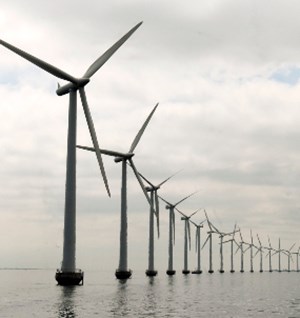North Sea Electrification Competition finds methods to reduce up to 87% of emissions
Cost-efficient emissions reductions of up to 87% on offshore oil and gas platforms could be achieved using alternative power sources, according to the winners of a competition launched to accelerate electrification of oil and gas assets in the North Sea.
The NSTA published the full reports of the three winners of the Platform Electrification competition launched in September 2021.
The contest was funded by £1 million provided by the UK Government as part of the North Sea Transition Deal (NSTD) signed by the UK Government and the oil and gas industry in 2021. Within the NSTD, the oil and gas industry has committed to reduce offshore emissions by 50% in 2030, a 2-3 MtCO2 per year reduction.
To achieve these goals, the NSTA is working with industry representatives to progress prospective electrification projects, including those in the Central North Sea and West of Shetland, and with the BEIS-chaired Government and Regulators Electrification Group on the wider policy and regulatory enablers that will also need to be in place
The Electrification Competition was intended to bring innovative solutions for electrification by supporting the work of oil and gas companies, wind power developers and leading technology suppliers. The three winning studies all make strong arguments in favor of cross-industry synergies, with electrification projects collectively opening up 2-4 gigawatts of wind power opportunity across the UKCS.
The studies – by Orcadian Energy and Partners, Orsted and Neptune Energy, and Katoni Engineering – demonstrated concepts which do not require power from shore, instead creating standalone power systems using renewable power, which can be easily complemented by power cables from onshore.
These solutions suggest emissions reductions of 78-87% are achievable, and highlight the importance of robust, yet cost-effective power distribution systems offshore. These power distribution facilities (or micro-grids) integrate different power sources with multiple offshore users, ensuring power continuity whilst minimizing cost of modifications on the receiving platforms, hence reducing electrification costs.
The combined projects cover the building blocks of any offshore electrification scheme (power sources, transmission, distribution and platform modifications) and elements from each can be combined to assist electrification projects across the UKCS.
“Platform electrification is a vital part of cutting emissions in the North Sea and reaching net zero. Each of these projects contains useful, innovative thinking and we expect industry to look at these ideas, and others, as electrification projects start to become reality in the next few years,” said Scott Robertson, NSTA director of operations.



